Thomas Woltz has emerged as a leader among a new breed of landscape architects who put as much stock in science as in art. Named design innovator of the year by the Wall Street Journal, he is widely celebrated for combining sheer beauty with ecologically regenerative design. His firm, Nelson Byrd Woltz Landscape Architects, has exploded in growth from two landscape architects in 1985 to thirty five working out of offices in Charlottesville, New York and San Francisco. Dividing his time between New York and Virginia, Woltz’ book Garden Community Farm highlights Seven Ponds Farm, a 133-acre estate west of Charlottesville, which is the birthplace of the Conservation Agriculture Studio where he seeks to make farmland healthier, more productive, and more beautiful.
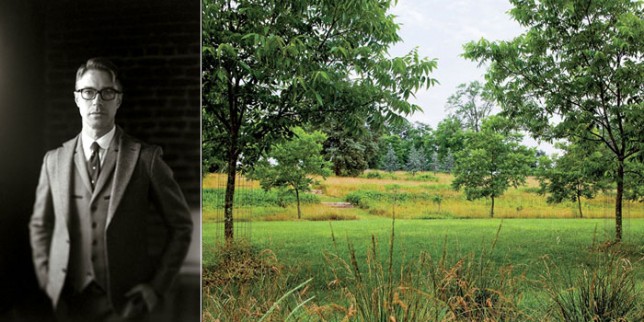
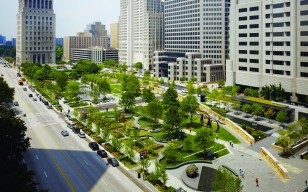
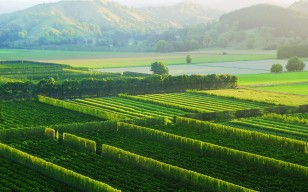
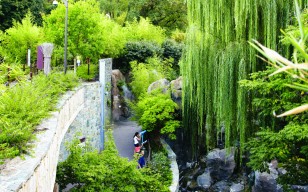
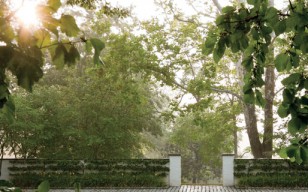
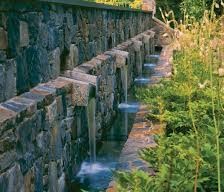
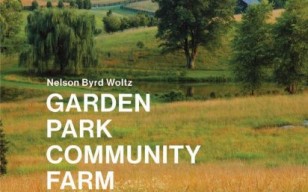

Unlike most landscape architects, Woltz is not interested in imposing his will on nature. He’d rather let nature set the terms, proving there is a certain beauty to his all-inclusive ecology-driven landscaping, of which he is a torchbearer. As a designer, he collaborates with three key partners: landowner, farmer, and a team of scientists, including conservation biologists, soil scientists, ornithologists, and others. Together, they do things like remediate silt-choked streams, improve pasture and boost native wildlife. Woltz and his colleagues apply the same principal to non-ag projects such as city parks, corporate campuses, and memorials. In 2012, he and his team became lead landscape architects for one of the largest mixed-use projects to surface in urban America in decades, the redevelopment of midtown Manhattan’s 26-acre Hudson Yards- for those in-the-know, this will be NYC’s next hot zone- where they are responsible for creating a 6.5-acre park atop a $750 million deck constructed over train tracks. Woltz is clearly not your garden variety plant man. www.nbwla.com
Tags: Charlottesville, Design, Landscape Architects, New York, Thomas Woltz
